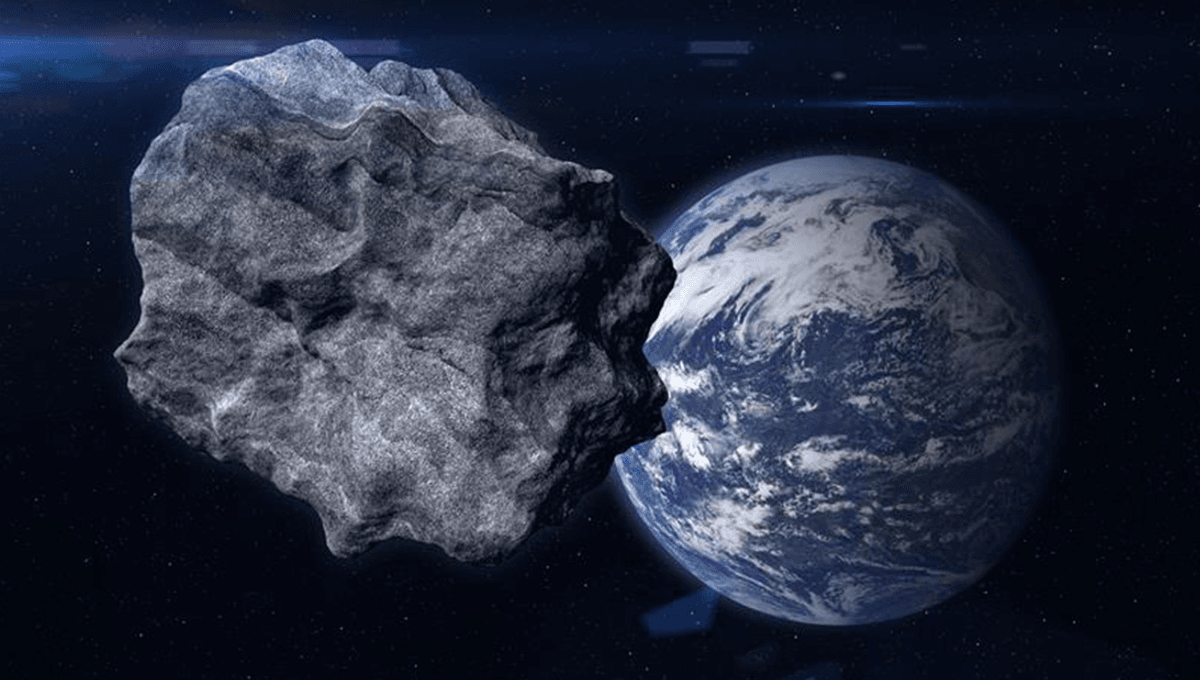
Earlier this year, the number of moons orbiting Earth temporarily doubled, admittedly from the low starting point of “one”. Taking a closer look at the new mini-moon, astronomers have learned more about its origin.
On August 7, astronomers discovered a new near-Earth object, dubbed 2024 PT5. Analyzing the object, around 10 meters (33 feet) in diameter, astronomers from the Complutense University of Madrid, Carlos de la Fuente Marcos and Raúl de la Fuente Marcos, found that it was on a pleasing trajectory. For 56.6 days, the asteroid would become captured by our planet, turning it into a temporary mini-moon of the Earth.
“Earth can regularly capture asteroids from the Near-Earth object (NEO) population and pull them into orbit, making them mini-moons,” the team explained a paper in September. “Sometimes, these temporary captures do not complete one revolution before dropping out of orbit and returning to their regular heliocentric trajectories.”
According to their calculations, the NEO’s “horseshoe path” would put it in our orbit from September 29 until November 25, at which point it will depart.
While also being cool to have a new space friend for a while, the capture was pretty useful scientifically.
“Small bodies in Earth-like orbits, the Arjunas, are good targets for scientific exploration and mining studies as they enable low-cost missions,” the authors of a new paper explain in their work.
“The subset of such objects that experience recurrent temporarily captured flyby or orbiter events, also called minimoon episodes, are among the best ranked in terms of accessibility. Only a handful of objects are known to have engaged in such a dynamical behavior.”
One such object, 2022 NX1, became a mini-moon in 1981 and 2022, for example.
“Finding and characterizing more of them may help to expand scientific and commercial research activities in space over the next few decades,” they continued. “Asteroid 2024 PT5 was found recently and belongs to this group of interesting objects.”
Taking a closer look at 2024 PT5 and assessing its spectra during its time close to the Earth, the team found a surprise, though these are early results not yet subject to peer review.
“Our spectroscopic results on the surface composition of 2024 PT5 are not conclusive due to the lack of a near-infrared reflectance spectra, but they are suggestive of a Lunar origin,” the team wrote in their new paper. “We confirm that 2024 PT5 is a natural object with a visible spectrum consistent with that of an Sv-type asteroid, although it could also be classified as a Lunar mare breccia.”
In short, our mini-moon could be a piece of the actual Moon moon, flung off into space following an impact event, now going on its own journey around the Solar System. Don’t despair – while it is gone for a while, it is currently predicted to make a return close approach in 2055, two close approaches in 2084, and one in 2085. Before this, it will make another relatively close approach in January 2025, when NASA will reportedly make radar observations of our former mini-moon.
The paper is posted to pre-print server arXiv and has not yet been peer-reviewed.
Source Link: Earth's Temporary Mini-Moon Might Not Have Been What We Thought